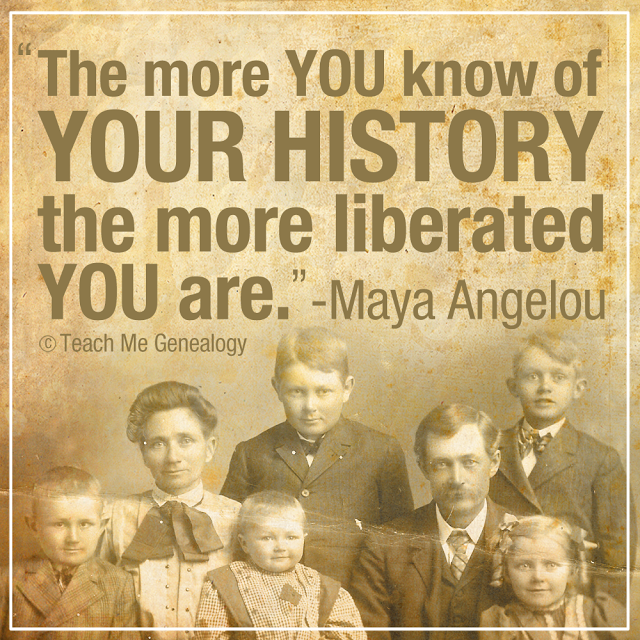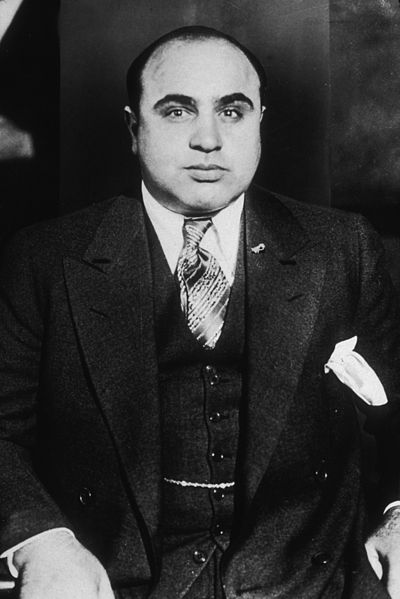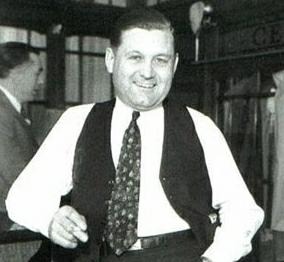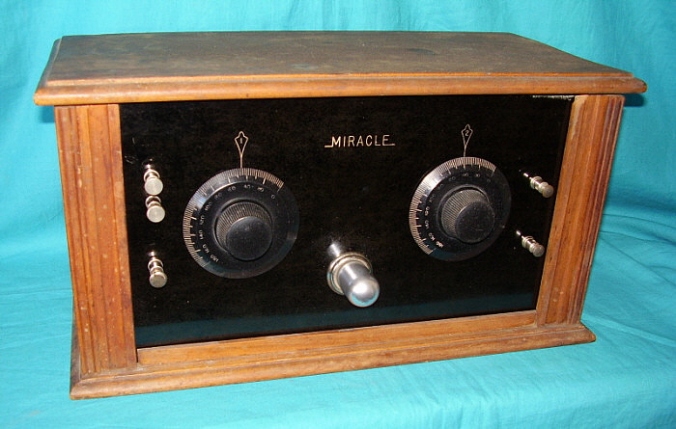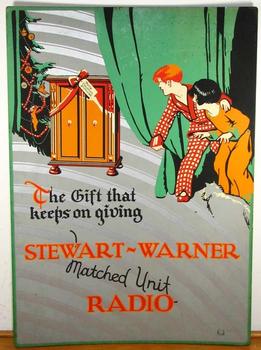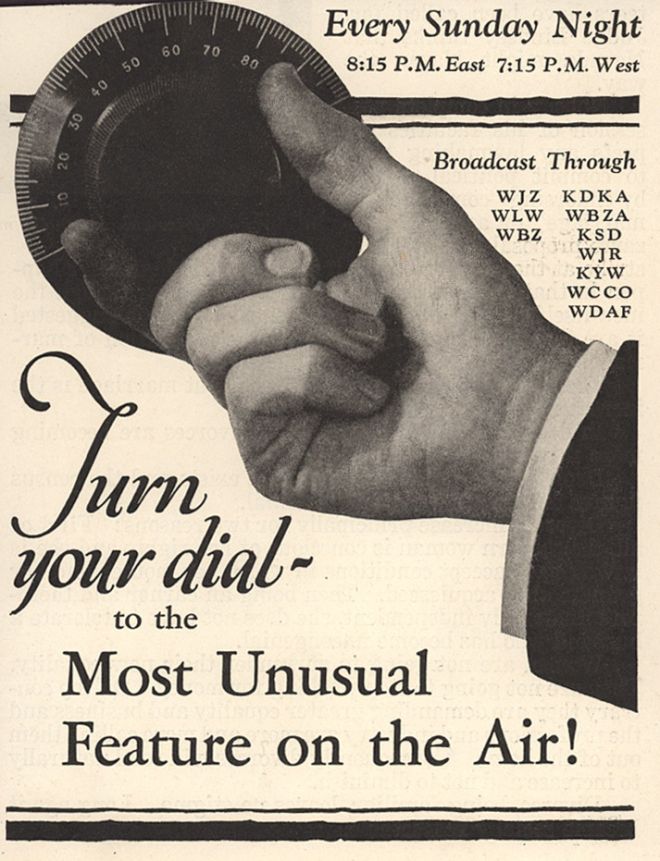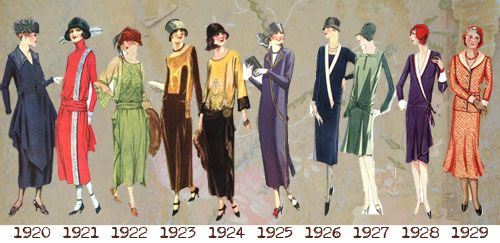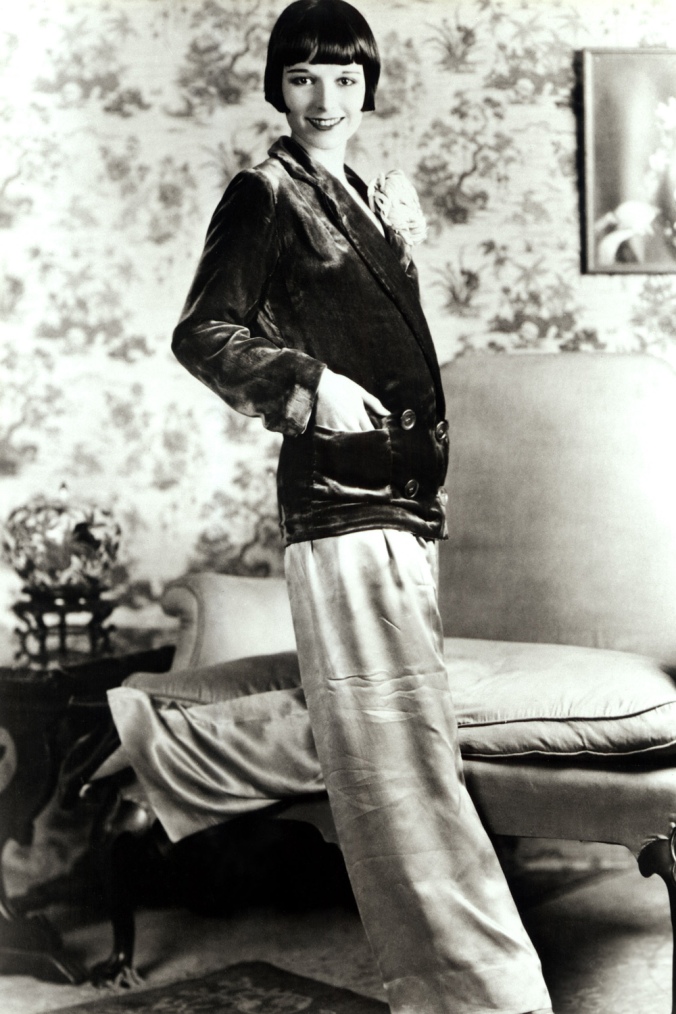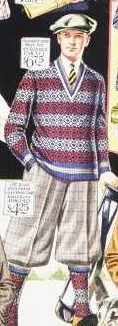Genealogy can be a good way to connect to ancestors and find family you never knew you had. The 1920s is a particularly interesting time to look at because of how dramatically life was shifting.
I always thought genealogy was for older people who knew more stories and ancestors than I did, but through my experience I’ve found it’s a way to get to know your ancestors without meeting them. You can get a little peek into their lives through the thousands of records floating around.
Prior to the 1920s, most records would probably note the career of a farmer or laborer with a larger family. Even just looking through a United States census my ancestor is in, people were salesmen, barbers, and laborers.
Change was rapid throughout the 1920s, in fact, women attained the right to vote in 1920, and many women were in the workforce prior to the 1920s because of World War I.
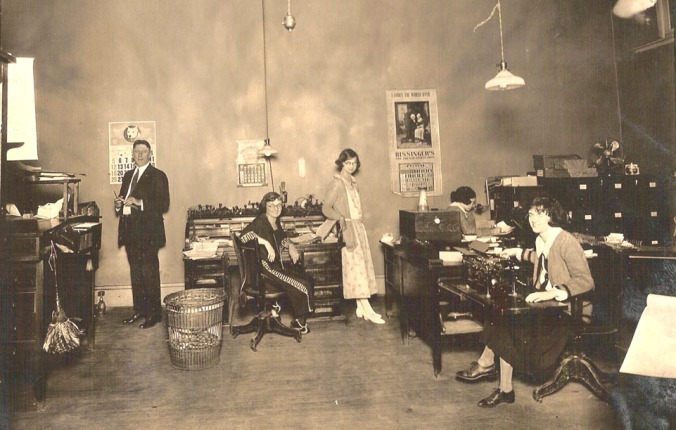
Four working women and a man. Source: http://www.officemuseum.com/photo_gallery_1920s_1930s.htm
Along with working and voting women, education underwent a change in the 1920s. As there were less farmers, there was less of a need for children to labor in the fields, and there was a push for more education. According to HSLDA, “By 1918, every state had a compulsory attendance law on the books.” The HSLDA website also states that laws became stricter during the 1920s.
Radio also became a part of the culture in the late 1920s. Families would often listen to radio together as a way to spend quality time together. Technology was improving, people could enjoy cars, radios, silent movies, and refrigerators.
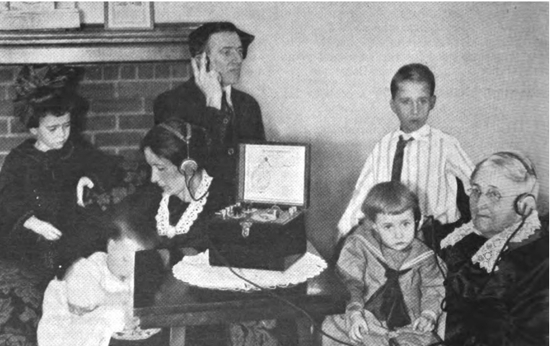
Source: http://www.smithsonianmag.com/history/a-mobile-phone-from-1922-not-quite-21291812/ (From August 1922, Radio Broadcast magazine, according to the Smithsonian Mag)
The 1920s were a time of mass culture, where everyone was buying the same products and listening to the same shows (The Roaring Twenties).
Family life is very different now. There is still a mass culture but it seems the family is still constantly changing.
Find your family today, find those people that were lost to time and remember them, because they made you who you are today.
